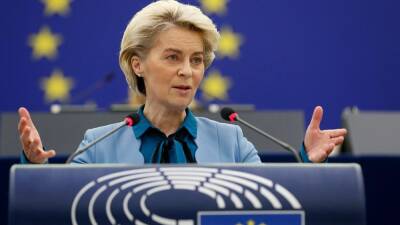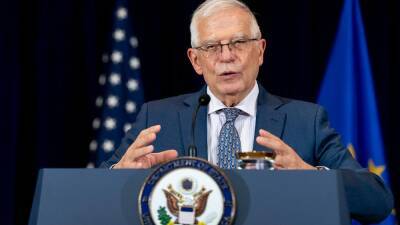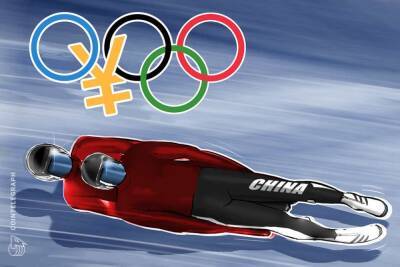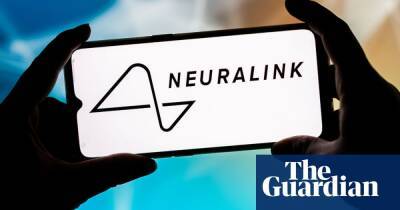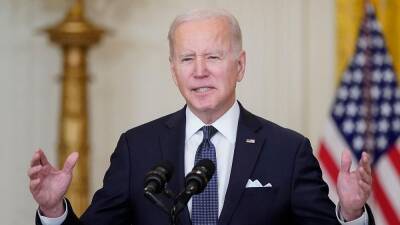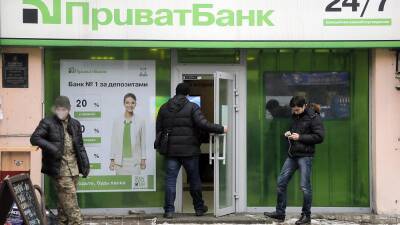How Polkadot’s parachain auctions make a decentralized Web3 possible
When Gavin Wood co-founded Ethereum, he stated that it would “allow people to interact in mutually beneficial ways without anyone needing to trust each other.” In theory, such a platform would pave the way for Web3, characterized by decentralized or distributed network architectures, that would lay the groundwork for a truly open internet where we would not have to blindly entrust our data to monopolistic corporations or get permission from them in order to participate.
Since its inception in 2015, however, Ethereum has simply failed to adapt fast enough and keep up with the pace. Transactions costs for decentralized applications (DApps) have been too high while transaction speeds have been too slow. Wood left the Ethereum team in 2016 and founded the framework for a decentralized Web3: Polkadot.
With its series of parachain auctions beginning to turn heads, the blockchain of blockchains is rounding up a very exciting year, starting with the launch of Kusama, its canary network. Kusama’s motto is “expect chaos.” And, looking back, it’s clear that the network’s expected chaos during its parachain auctions laid the framework for a sturdy Polkadot foundation and an eventual decentralized Web3 in the coming years.
Related: What are parachains: A guide to Polkadot & Kusama parachains
The capacity to communicate is part of what sets Polkadot apart from Ethereum and other blockchains. Polkadot’s emphasis on parachains, formally a parallelizable chain, is a driver in propelling one of the core principles behind Web3 forward: The ability to communicate between different systems. Within the ecosystem, parachains run in parallel and any type of data may be sent between them due to Polkadot’s cross-chain composability, opening up
Read more on cointelegraph.com


